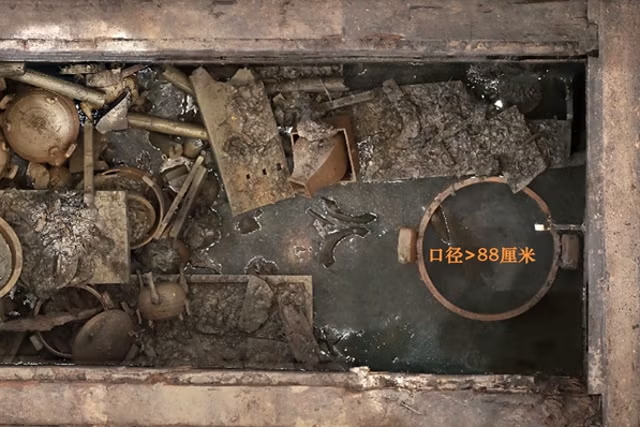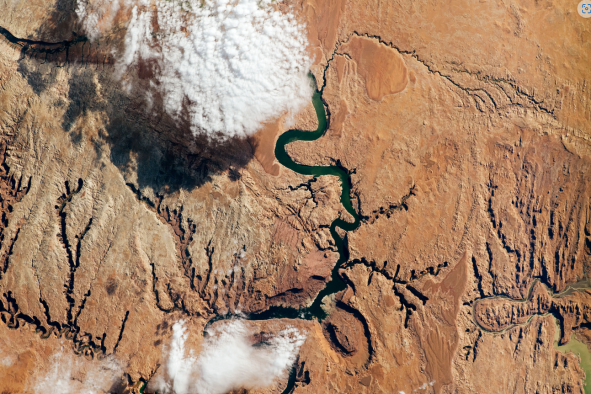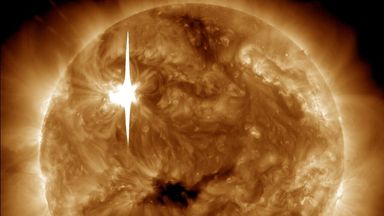Uncertainty is surrounding the Hawaiian volcano Kīlauea as scientists report an uptick in earthquakes in the region.
The volcano is not erupting, but a "significant spike" in earthquakes has prompted the closure of the Hawaii Volcanoes National Park as a precautionary measure, the park said in a statement. This is because if the volcano does erupt it could put visitors and staff at risk.
"Safety is our main focus, and the uncertainty of where an eruption could break out increases risk," Jack Corrao, the chief ranger at the park, said in the statement. "Elevated volcanic gases, dangerous lava activity, damaging earthquakes and lava-ignited wildfire are all potential hazards associated with an eruption."
The U.S. Geological Survey (USGS) cannot yet say whether the increased earthquakes will lead to an eruption. Although they can be a sign of an upcoming eruption, they are difficult to predict and can sometimes peter off.
However "the gradual strengthening of seismic swarm" does suggest that an eruption could occur at Kīlauea's summit or below the upper East Rift Zone, the USGS said.
Around 360 shallow earthquakes of magnitude 1 to 3 have occurred in the past 24 hours, according to the park, and have "ping-ponged" between the south of the caldera to the upper East Rift Zone across Chain of Craters Road near Puhimau Crater. This is only "adding to the uncertainty of where an eruption could occur."
Kīlauea is an extremely active volcanoand erupts regularly, so this sort of activity is not unusual. In fact, regular eruptions have occurred at the volcano since 1983. The eruptions, thankfully, rarely pose danger to surrounding communities. Despite this, Kīlauea is still considered one of the most dangerous volcanoes in Hawaii and has produced some very destructive eruptions in the past.
In 2018, the volcano caused a huge eruption that spewed large lava flows throughout the nearby Puna District, which destroyed more than 700 homes from May until August. Tens of thousands of earthquakes were triggered during this time, and the summit area of the national park changed drastically.
Multiple roads and trails throughout the park will be closed until further notice, but some areas will stay open.
"Many popular areas in the park remain open, including Kīlauea Visitor Center, overlooks along Crater Rim Trail, Volcano House, and Nāhuku lava tube. Park visitors are urged to plan ahead and check the park website for any closure or hazard alerts," the park's statement read.
Do you have a tip on a science story that Newsweek should be covering? Do you have a question about Kīlauea? Let us know via science@newsweek.com.
Disclaimer: The copyright of this article belongs to the original author. Reposting this article is solely for the purpose of information dissemination and does not constitute any investment advice. If there is any infringement, please contact us immediately. We will make corrections or deletions as necessary. Thank you.



